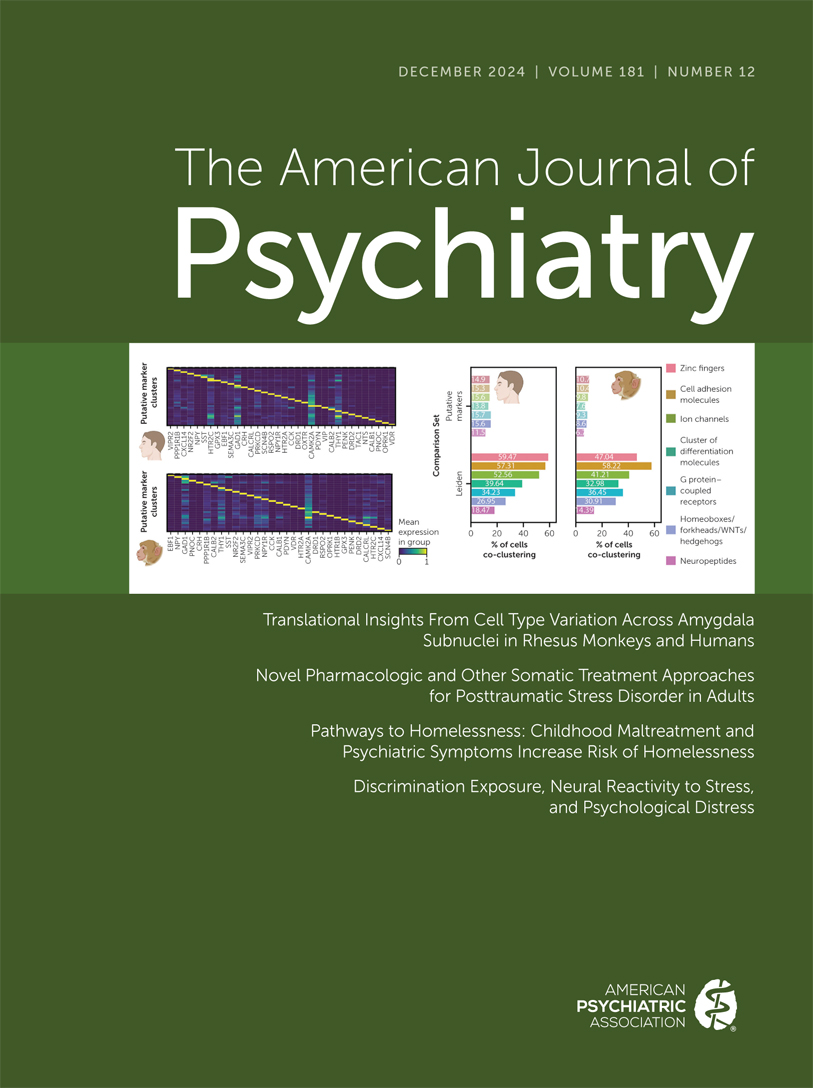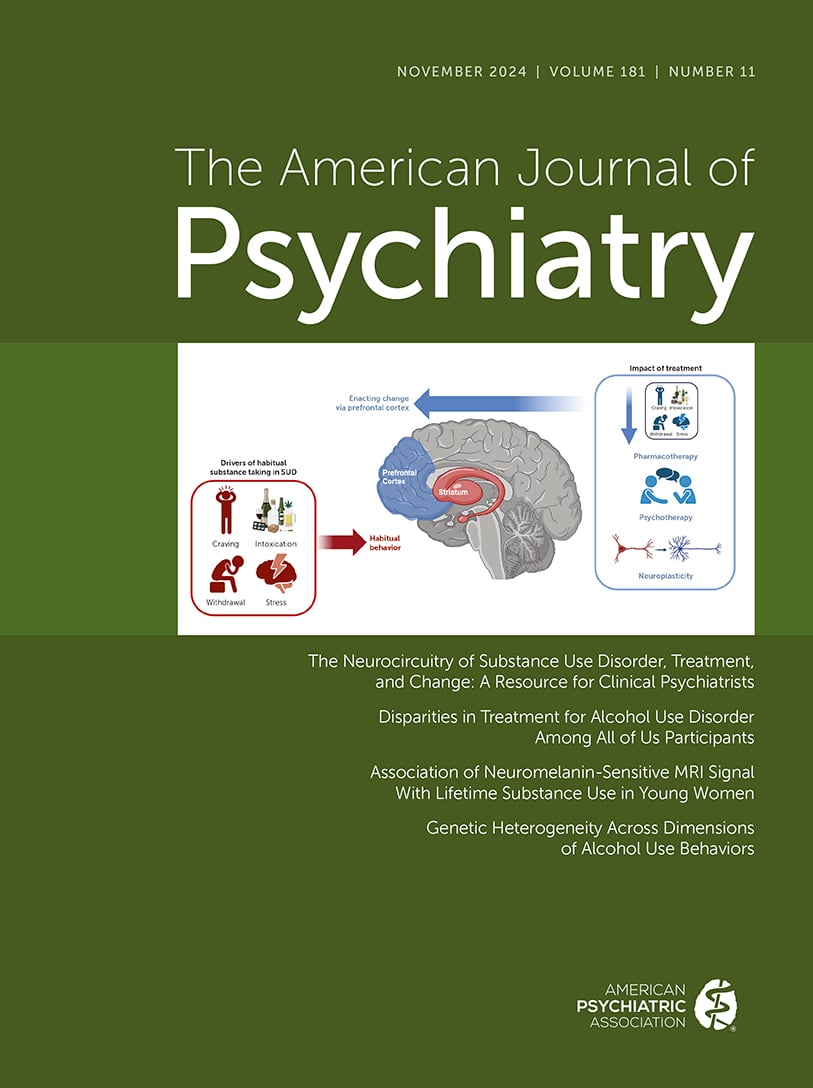American Journal of Psychiatry
- Volume 125
- Number 7S
- January 1969
Article
Publication date: 01 January 1969
Pages2–7The computer poses intriguing challenges about the ways patient data may best be presented to aid clinicians. The authors present a classification approach which depends heavily on the clinician's unique ability to make meaningful hypotheses, based partly ...
https://doi.org/10.1176/ajp.125.7S.2Publication date: 01 January 1969
Pages8–11CASE, an on-line computer system, is used to elicit and record mental status, psychometric, and personal history information directly from the patient without the aid of an interviewer. Branching instructions can be programmed to present detailed ...
https://doi.org/10.1176/ajp.125.7S.8Publication date: 01 January 1969
Pages12–21DIAGNO II, a computer program for psychiatric diagnosis, is based on a logical decision tree model similar to the differential diagnostic process used in clinical medicine. In the validity study reported here, the program yielded diagnoses for 100 ...
https://doi.org/10.1176/ajp.125.7S.12Publication date: 01 January 1969
Pages21–27Recent advances in computerized psychological test scoring and interpretation, reviewed here by the author, offer one method of increasing the efficiency of available manpower in the field of mental health. The author also describes in detail the system ...
https://doi.org/10.1176/ajp.125.7S.21Publication date: 01 January 1969
Pages28–32Comparing their experience in helping design and develop computer techniques in a psychiatric hospital to interpersonal relationships, the authors describe some of the potential difficulties encountered by persons inundated by the promises of the computer ...
https://doi.org/10.1176/ajp.125.7S.28Past Issues
View Issues Archive
Vol. 182 | No. 1

Vol. 181 | No. 12

Vol. 181 | No. 11
